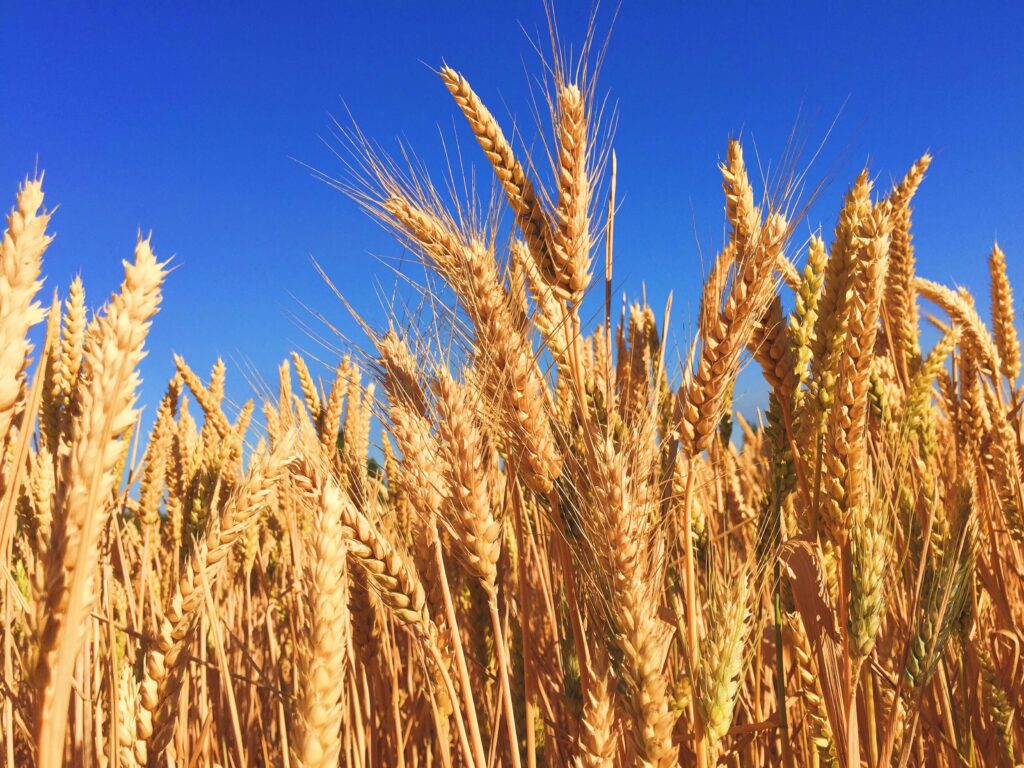Butter, a versatile and essential ingredient in many households and cuisines, has been a staple food item in Pakistan for generations. Over the years, the butter price in Pakistan has seen fluctuations due to a variety of factors. This article examines the dynamics of butter prices in the country, the factors that influence them, and their impact on consumers. It also offers insights into the future prospects and recommendations for a more stable and affordable butter market.
Butter Price in Pakistan: An Overview
Contents
Last Updated on Aug1, 2023. We want to make sure you have the most up-to-date information on prices.
Average Butter Prices in Pakistan 2023
| Brand Name | 50GM | 100GM | 200 GM | 400 GM | 1 KG |
| Adams Butter Salted | Rs. 113 | Rs. 215 | Rs. 374 | – | – |
| Nurpur Butter | Rs. 118 | Rs. 230 | Rs. 375 | Rs. 750 | – |
| NURPUR Butter Unsalted | Rs. 118 | Rs. 230 | Rs. 384 – 420 | Rs. 750 | – |
| Nurpur White Butter | Rs. 118 | Rs. 230 | Rs. 375 | Rs. 750 | Rs. 1,637 |
| Maska Butter Spread | – | Rs. 156 | Rs. 277 | Rs. 499 – 515 | – |
| Dairy Life Butter Salted | – | Rs. 179 | – | – | – |
| Nestle Milkpak Butter | – | Rs. 214 | Rs. 357 | – | – |
| Nestle Milkpak Dairy Butter Salted | – | Rs. 214 | Rs. 380 | – | – |
| Haleeb Premium Butter | – | – | Rs. 311 | – | – |
| PREMA Pure Butter Plain | – | – | Rs. 417 | – | – |
| Lurpak Unsalted Butter | – | Rs. 525 | Rs. 980 | Rs. 1,970 | – |
| Lurpak Salted Butter | – | Rs. 525 | Rs. 980 | Rs. 1,970 | – |
| New Town Dairy Butter Unsalted | – | – | Rs. 280 | – | – |
| New Town Butter Salted | – | – | Rs. 280 | – | – |
| Millac Butter Salted | – | Rs. 180 | Rs. 335 | – | Rs. 1,200 |
| Millac Butter Unsalted | – | Rs. 180 | Rs. 335 | – | Rs. 1,200 |
| Fresh Street Australian Butter Unsalted | – | Rs. 425 | Rs. 800 – 1,030 | Rs. 1,450 | – |
| Fresh Street Australian Butter Salted | – | Rs. 425 | Rs. 800 – 1,030 | Rs. 1,450 | – |
| Emborg Butter Unsalted | – | – | – | Rs. 1,417 | – |
As seen in the Table, butter prices in Pakistan have increased steadily over the past five years. This trend can be attributed to several factors, which we will discuss in the following sections.
Factors Affecting Butter Prices
Global Market Trends
The butter price in Pakistan is heavily influenced by global market trends. Increases in international butter prices, often driven by factors such as fluctuations in dairy production, demand, and trade, can lead to higher import costs for Pakistan, ultimately affecting local prices.
Domestic Production and Demand
Pakistan’s domestic butter production has been unable to keep pace with the growing demand, leading to increased reliance on imports. This situation is further exacerbated by factors such as inefficient production methods, a lack of investment in the dairy sector, and inadequate cold chain infrastructure.
Government Policies and Taxes
Government policies, such as import taxes and subsidies, can also impact the butter price in Pakistan. For instance, high import duties on butter can lead to increased prices for consumers, while subsidies on local dairy production can help lower the cost.
Impact on Pakistani Consumers
The rising butter price in Pakistan has led to several consequences for consumers. High butter prices have not only strained household budgets but also led to a shift in consumption patterns, with consumers seeking more affordable alternatives such as margarine or vegetable oil.
Future Prospects and Recommendations
To stabilize and potentially reduce butter prices in Pakistan, several measures can be taken:
- Enhancing domestic production through investment in the dairy sector and adoption of modern farming techniques.
- Improving cold chain infrastructure to minimize wastage and preserve quality.
- Reviewing import duties and government policies to balance the interests of local producers and consumers.
Conclusion
The butter price in Pakistan has experienced a steady increase over the past few years, influenced by various factors such as global market trends, domestic production, and government policies. This has had a significant impact on Pakistani consumers, who are faced with higher prices and changing consumption patterns. Addressing these challenges and implementing the recommended measures can help stabilize the butter market and benefit both producers and consumers in the long run.



